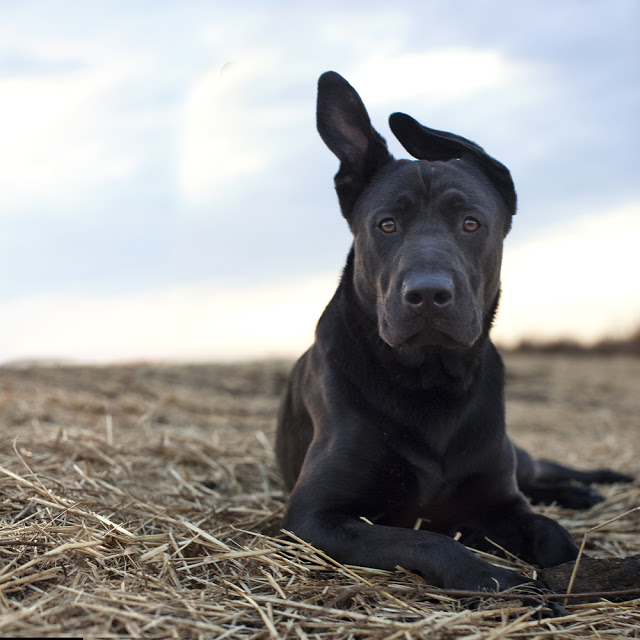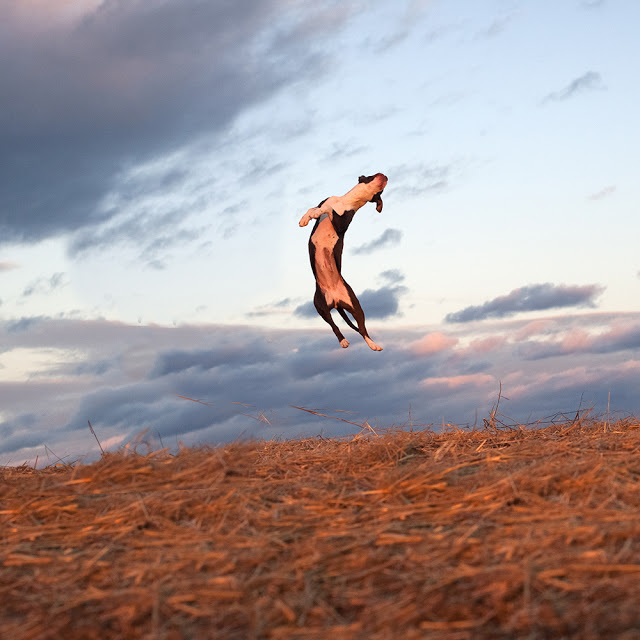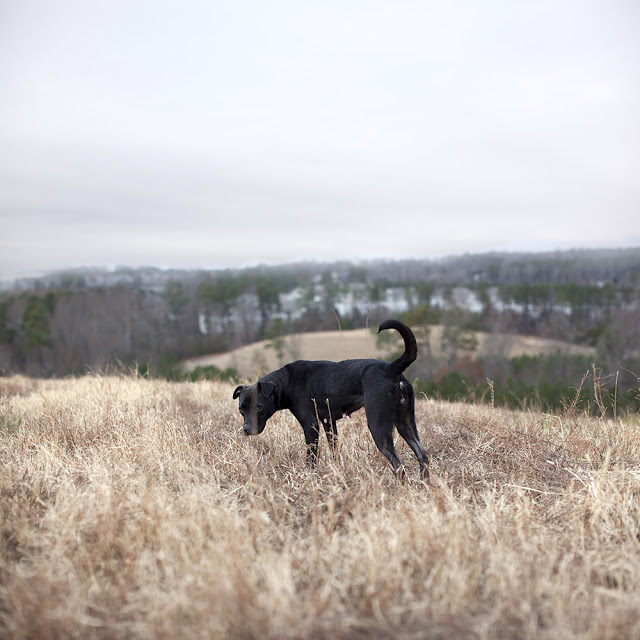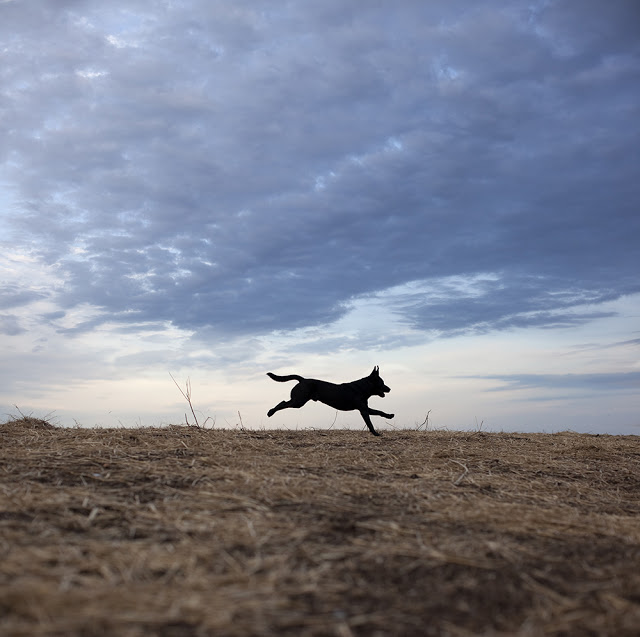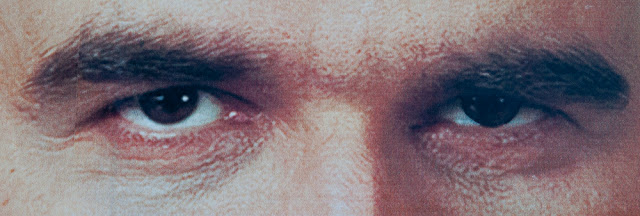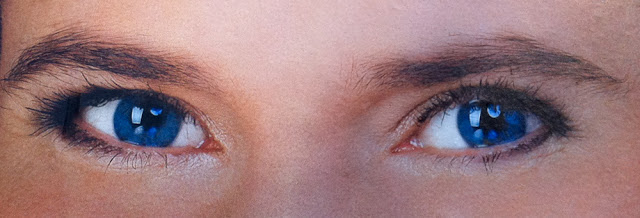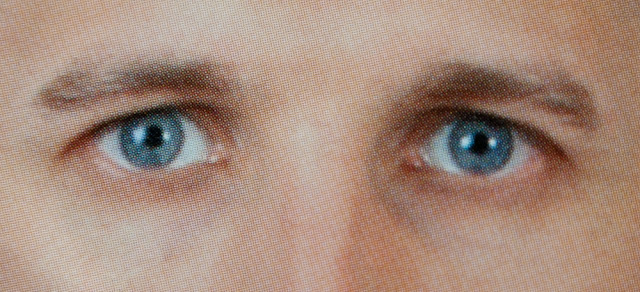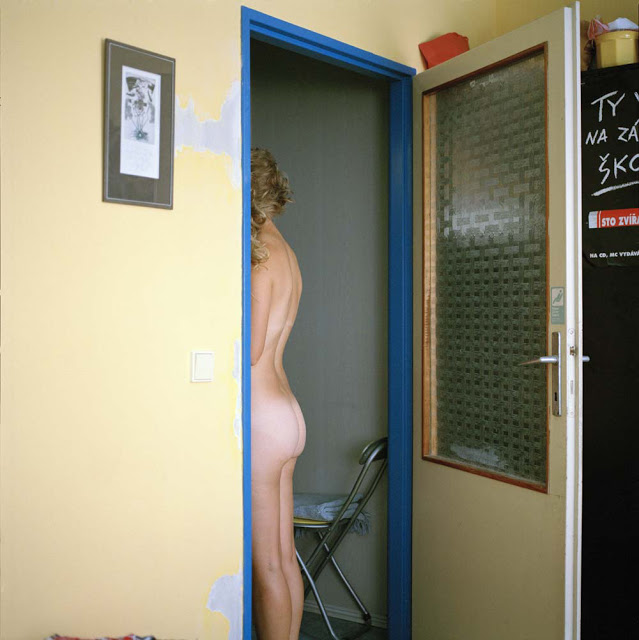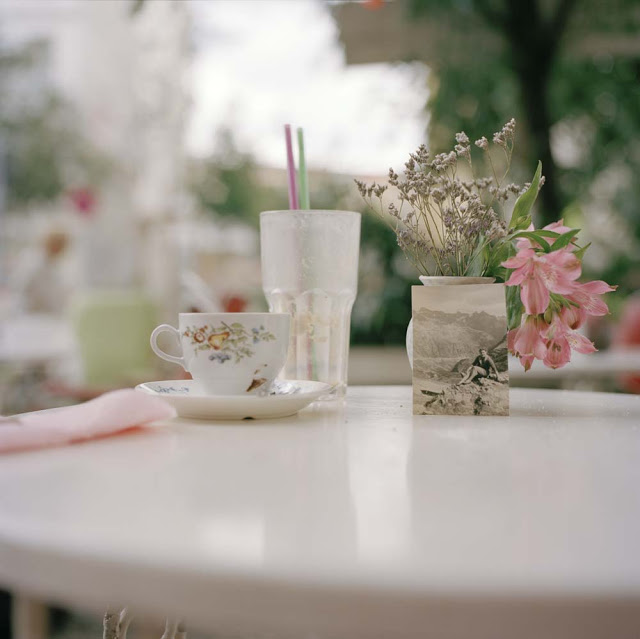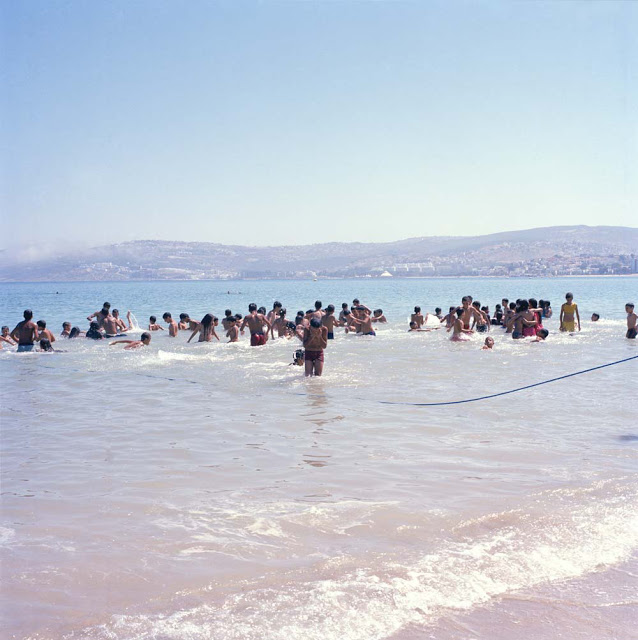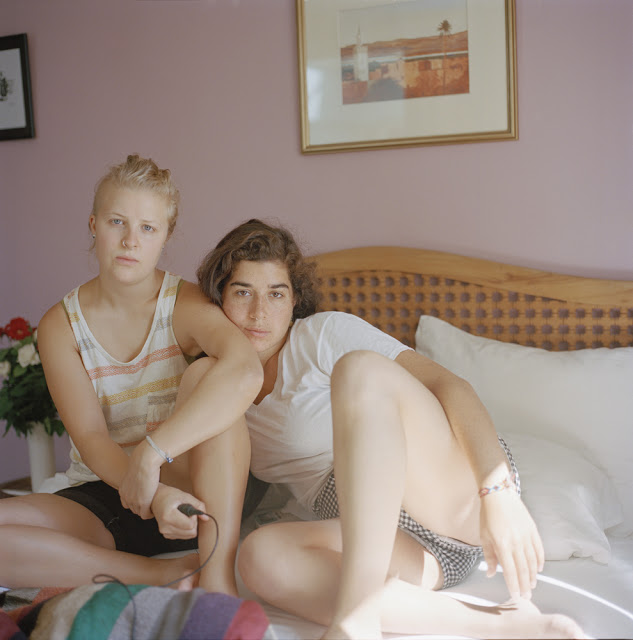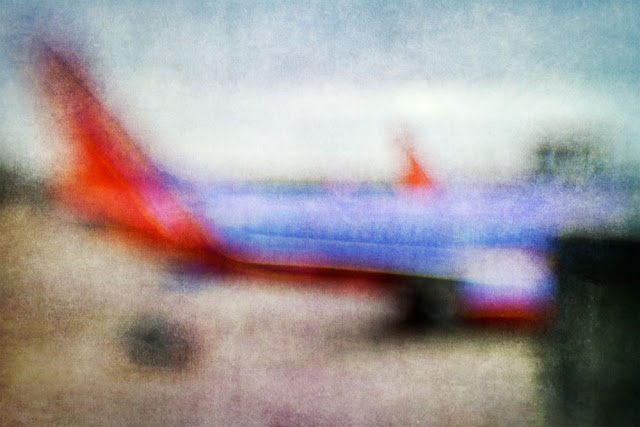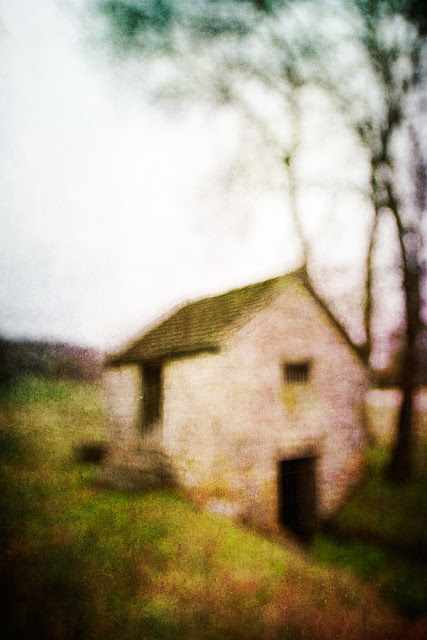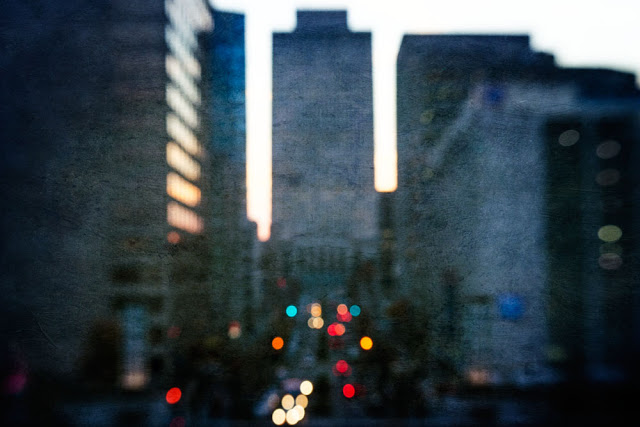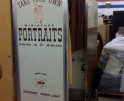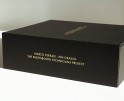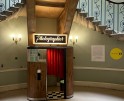
End of Day. Valley of Fire. NV © David Gardner
Tonight at 7pm in Brooklyn, New York Canteen Magazine’s Naked Judging 2012 Photography Contest moves into the final live round, where three jurors, Arnold Lehman, director of the Brooklyn Museum, Amy Stein, photographer, and Susan Bright, author and curator will discuss portfolios LIVE and reveal insights into why the work is selected or rejected. The event is moderated by Anthony Goicolea, photographer. This is a Free event and please RSVP via Facebook for the live-streaming and the ability to ask live questions.
We are continuing with 9 more portfolios that did not make it to the final round and are including the juror’s reaction and the photographer’s response. Again, thank you to the participating photographers for allowing us to learn from their experience. In the next weeks, I will be sharing similar posts about a few of the 26 photographers that went on to tonight’s LIVE jurying.
Featured Photographer (#65): David Garner, San Francisco, CA
Don and Dorothy, Fulltimers. Outskirts of Canyonlands, UT
Roger Catches up on Facebook. Quartzsite, AZ
Morning Light. Juan De Fuca Straits, WA
Ralph and Patsy, Campground Hosts. Singletree Campground, Boulder Mountain, UT
Statement from the Jurors:
Lots of potential in this idea, however I want more engagement, more intimacy, less straightforward shots. I feel like this series presents a lot of intriguing surfaces, but I want more depth.
Response from the Photographer:
Choosing how to convey an entire project in just 8 images is always a huge challenge. Choose the strongest images or make a wider selection? For this competition, I decided to choose 8 of what I thought were the strongest – splitting them between portraits and environmental shots. The juror recognized the strength of the images, but passed on putting me through because he/she wanted more depth and engagement. This was a bit of a revelation to me. I could have easily made different selections that would have more closely matched what they wanted, but thought the strongest 8 would be better. Overall this was a positive experience and shows how the one comment/ can make a difference. Just having that little critique will change how I approach these sorts of competitions in the future.
Statement from the Jurors:
These are really nicely composed and edited photographs. But, again, it’s really hard to make art that interests me with kids as the subjects. So hard to get past cliched meanings where everything becomes saccharine and sentimentlized. Great shots, but doesn’t get past these standard tropes for me.
Response from the Photographer:
I was very excited about this contest because it’s totally transparent and I would get feedback instead of not knowing one way or another why I moved on or why I didn’t. When I first read my critique I was slightly hurt, but it’s always a little painful to hear negative feedback. I made it a point to go through every single portfolio and critique because I wanted to take full advantage of this opportunity to learn. After doing this, I had a greater understanding of what goes into the judging process and appreciated much more what the judge had to say. I now know it’s not an easy job, or even a fun job, and a lot of thought and time go into it. Most importantly, I learned I need to do my homework and research where and whom I submit photos to. My work, or anyones work for that matter, is not going to be everyone’s cup of tea.
Statement from the Jurors:
I like the attention to detail on the consistency of the height and angle of the photos. However, dog photography is nearly as hard to do well, to overcome the sentimental cliches, as kid photography. My personal bias, perhaps. And this, to me, doesn’t quite rise to the level of originality of intent and content that I’m looking for. But who does rise above that with dogs? Maybe William Wegman?
Response from the Photographer:
At first I found the comments dismissive and condescending. I was also put off by the William Wegman reference. Wegman bred his dogs, which only enhances the problem I am discussing in my work. This comment lead me to think that my artist statement was not read. But I have thought a lot about the feedback (and my reaction to it), and I would have to say that this whole process actually helped me a great deal. It made me realize that I need to better communicate the concept behind the work. This is very useful, and I grateful for the feedback. I am now in the process of refining my artist statement, and I continue to shoot and add to this 18 month project.
Statement from the Jurors:
Using too many filters for my taste, and I don’t like how it’s all taken from the same event. No objectivity, no appeal to the viewer because we can’t see what the artist sees in the subject because of their personal relationship. That said, there’s indeed photographic skill on display here, and the abstract shots (2, 6, and 8; and, I even quite like #3) all appeal to me. I’d like to see this photographer work with a different subject–I bet I’d appreciate the results.
Response from the Photographer:
I am personally not a big fan of contests but when I heard that Canteen was going to be offering transparency in the judging I decided to submit my work. I learned a tremendous amount from the feedback I received and even more from seeing all the other work and reading their comments by the jurors.
Even if my work isn’t currently relevant, at least I learned more about myself and my work and eventually the images may resonate to a small or larger population. I am not worried about being trendy or popular but it is important for me to evolve my work using quality feedback. It allows me to understand my interaction with photography and the world around me. The Canteen contest helped me do this and I am grateful for the opportunity to be a part of it.
Statement from the Jurors:
Cunning idea. Poppy and loud, which I quite like. But the message isn’t so clear to me, and the imagery, while well-executed, gets too repetitive for my tastes.
Response from the Photographer:
This sharing of the judging process was valuable and interesting to me as an artist. It is always important to get feedback, positive and negative. And, because, as you said, it is subjective, it is vital to view the critiques in context. What was interesting to me was that I had heard a variation on the problem of message before. People either get it immediately. Or, they don’t. The fact that they get drawn to the pictures and like them, but don’t get the message, which frustrates them and makes them angry, is an interesting phenomenon. The second context here is viewing online versus viewing in a more formal, gallery-like scenario. The repetition was not a problem there, but has been mentioned in the online world more than once. Which makes me think about how I may present this work in the future.
Statement from the Jurors:
I like the idea of playing with appropriation, like a Richard Prince kind of thing. Needs more context to keep me interested. Photographing eyes has been done before; I’m not sure that this is a fresh enough take on it to inspire me.
Response from the Photographer:
The competition’s unique design was refreshing; receiving feedback on one’s work is unheard of outside of portfolio reviews. That said, it would have been nice to have more than one comment on the submission – feels a bit like one person considered the series, even though presumably all judges weighed in on the selections. In the comment received, I appreciated the reference/comparison for the series to help me think further about my work going forward – I’m always learning. Not sure whether the comments provided with the image submissions were taken into account as, for my series anyway, the context of the work is crucial to understanding it. Perhaps a separate section for an artist statement would make more sense. Finally, I liked the idea that the competition was designed to focus more on the work than profit making – as so many competitions are purely revenue generators for the producers these days versus being quality productions.
Featured Portfolio (#120):Yael Malka, Brooklyn, NY
Statement from the Jurors:
I like the idea of patterns in environments. To me the portraits don’t fit with this concept. I’d like to see the series constructed around images 1, 6, and 8. I quite like all 3 of these images, even if Brea Souders already did a slightly better version of image 1.
Response from the Photographer:
I felt confident about at least getting into the top 25 contestants for the Canteen contest. When I didn’t, and saw the images that did make the top 25, I felt that they weren’t contemporary or inspired. This contest was about finding new, conceptually rich yet aesthetically pleasing work and in the end, I wasn’t convinced of that. In the future, I will study the contents of a magazine I am applying to the contest of more thoroughly to make sure it is the right venue for my work. I found that some of the work chosen, was more on the commercial side, whereas my work would fall under the fine art category.
Statement from the Jurors:
Though these begin with slightly stronger images. And, while I don’t like the conceptual idea here, I do get the impression that this photographer has an above-average sense of color.
(statement for 139: I don’t mind the idea of a consistently out-of-focus series. But it needs to serve a real contextual purpose, convey an idea (or at least one that’s more immediately apparent to me), and start with more interesting shots.)
Response from the Photographer:
My reaction to the critique is both positive and negative. First, I entered this competition specifically because they provided critiques from the judges. I am always seeking feedback on new work, so I submitted images from a new series I had been working on and was very interested in reading what the judge had to say. The negative has to be the brevity– and therefore the ambiguity– of the comments. I clearly understood the task facing the judges and didn’t expect much more detail than I received. But, in reading my critique and the one that they referenced, follow up questions arose that I would love to ask the judge (For example… what conceptual idea does the judge dislike? Out of focus series? This seems contradicted when the judge says in the #139 comments that he/she does not dislike this idea.) Despite this, I think the process was constructive and would not hesitate to participate next year.
Statement from the Jurors:
There’s a nice old Western vibe here. It’s meticulously crafted–skillful work. But if you’re going to use panorama, I think that it should be more provocatively used. In at least some of the shots there should be an activity, or something of note, happening on each end that requires you to use it. Otherwise, I don’t bother looking at 50% of each photo, and only regard what’s in the center. Also, I’m not a fan of the book-ended edges, which negate the panoramic view for me.
Response from the Photographer:
Even though I didn’t make it past the first round of Canteen Magazine’s photography contest, I am still happy to have participated. I think their model for photographic competitions is one that should be looked at seriously by the vast number of photographic competitions out there. I do feel the openness can be taken poorly by some. The entry fees are what I mostly appreciated, they are very reasonable. Most artist I know don’t have a lot of funds to submit to competitions, Canteen Magazine kept the fees down and surplus went to a local arts fund, very admirable.
After reading my critique, I looked over several other artist’s works, then read their reviews. I came away thinking the critiques were short, clever, and flippant. For me the critique lacked substantive verbiage to make a difference in me as an artist. I have an extensive art education, and having had my work reviewed by some of the industries finest gallery owners and museum curators at photographic portfolio reviews, I need to say I completely disagree with the judges critique. Having said that, I also would like to reiterate that everyone has an opinion, and I very much respect that. I was in no way injured by this critique. Critiques are interesting, if not entertaining. What I have learned from them as an artist, is to listen, but only act from within.











